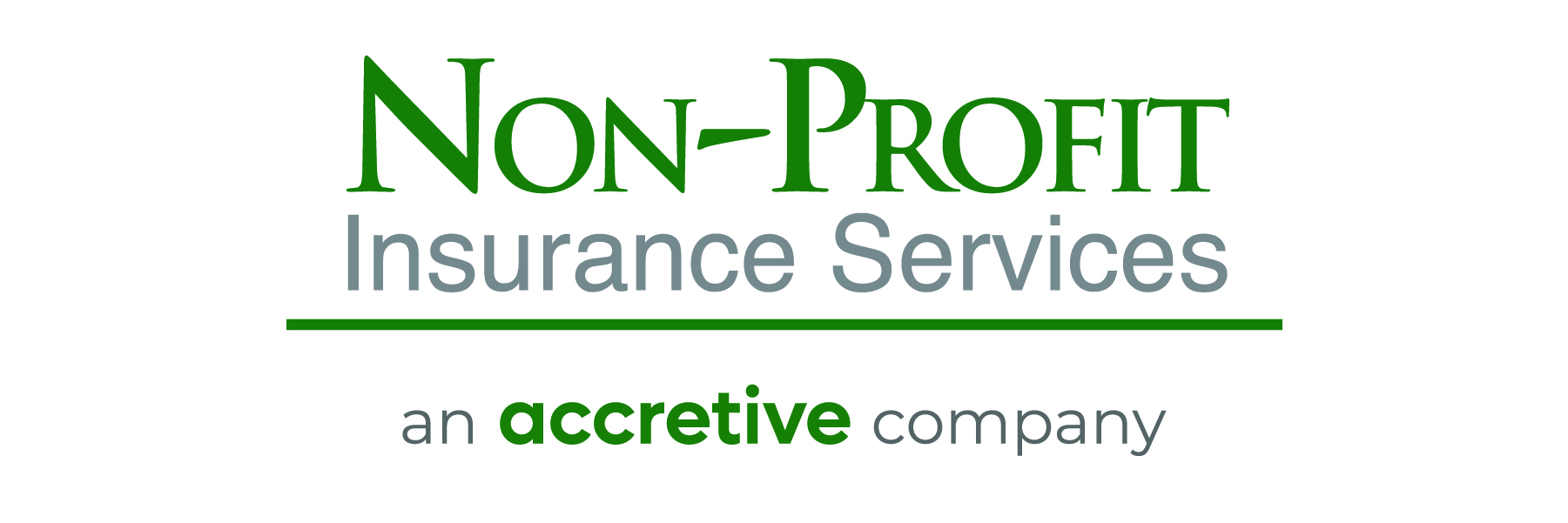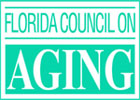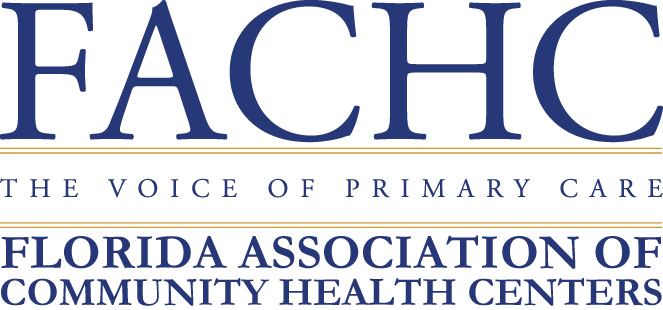According to a study done by Web Strategies Inc., marketing budgets for for-profit companies are between 7 to 12 percent of total revenue. Nonprofits don’t have that luxury for digital ads.
If yours is like most nonprofits out there, your paid marketing and advertising budget doesn’t come close to that of for-profit companies… Which means you need to get creative.
Here’s what you need to know as you begin to map out your digital ad strategy.
Understand your audience
You may be thinking at this point that everyone could be your audience. But the way your organization works, it is likely that you don’t have the time or money for that kind of work.
Instead, ask yourself who you could talk to directly in order to advance your organization’s mission. Who are the decision makers that can really make an impact? Advertising is very different for nonprofits. Where most for-profits can buy brand awareness, nonprofits must focus on getting your key audience engaged and in a position to make decisions.
Because digital outreach can be precisely targeted to your donors and prospective donors, the care and feeding of your donor lists are crucial. A robust customer relationship management tool should be considered mission critical for your non-profit.
Focus the audience, focus the message
In the ad world, a commonly held belief is that you should inundate your audience with as many messages as possible. There’s a grain of truth here. Repetition is definitely important.
But with all of the channels that exist in the world today, you can keep sending the same message over and over and never move the needle.
Your job is to get the right message to the right people. Targeting 400 high-potential candidates and making sure they see your message multiple times should be your goal, rather than having 400,000 loosely seeing your message once.
The important thing to note is that whether your campaign is a standard advertisement, social media post, or press release, your message should be specific to a key audience segment. And it should inspire them to act or give.
Don’t forget that last part—it can be easy to get wrapped up in trying to be creative.
Don’t let your clever get in the way.
Advertising icon David Ogilvy was famous for saying “A good advertisement is one which sells the product without drawing attention to itself.” In other words, while you need to be creative to get noticed, stay focused on that ask. Whatever your budget may be, don’t make the mistake of spending most of it on creative.
That said, you can become a student of effective marketing and ad campaigns, and see what’s working. Think With Google is an invaluable resource for tracking down best practices in digital marketing. And the Ad Council’s website shares non-profit and cause-related marketing from some of the best agencies in the business.
Make sure you’ve covered the basics.
“Mind the pennies,” the old adage goes, “And the dollars will take care of themselves.” The same applies for effectively getting your story told. How quickly are you in contact with your donors when the check arrives in the mail? How frequently are you in touch with potential donors with stories about the successes your non-profit is achieving?
Earned social media, the kind that comes from you, your donors, and your followers interacting with your organization on Facebook, Twitter, Instagram, and other channels costs little more than your time to keep it current and relevant. Make sure that you’re maximizing these channels before investing mission-critical dollars in paid media.
Author: Mary Cahalane
Source: Hands On Fundraising









